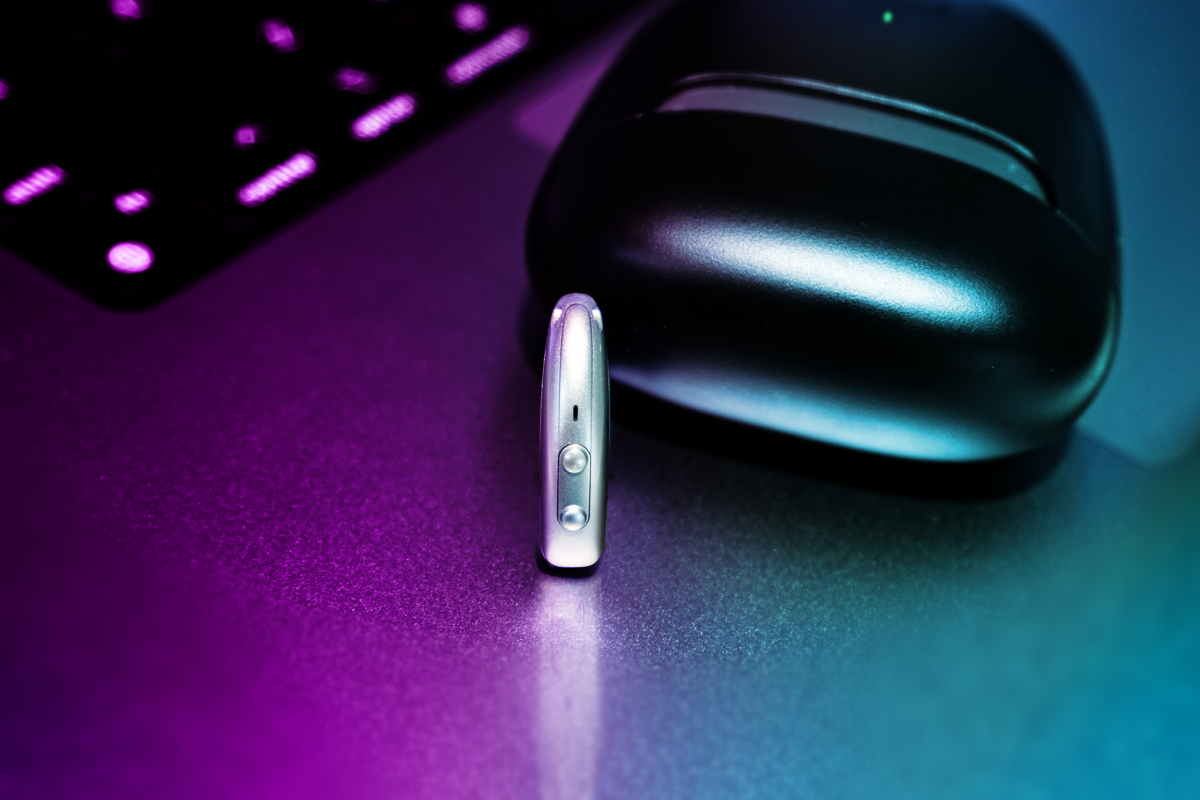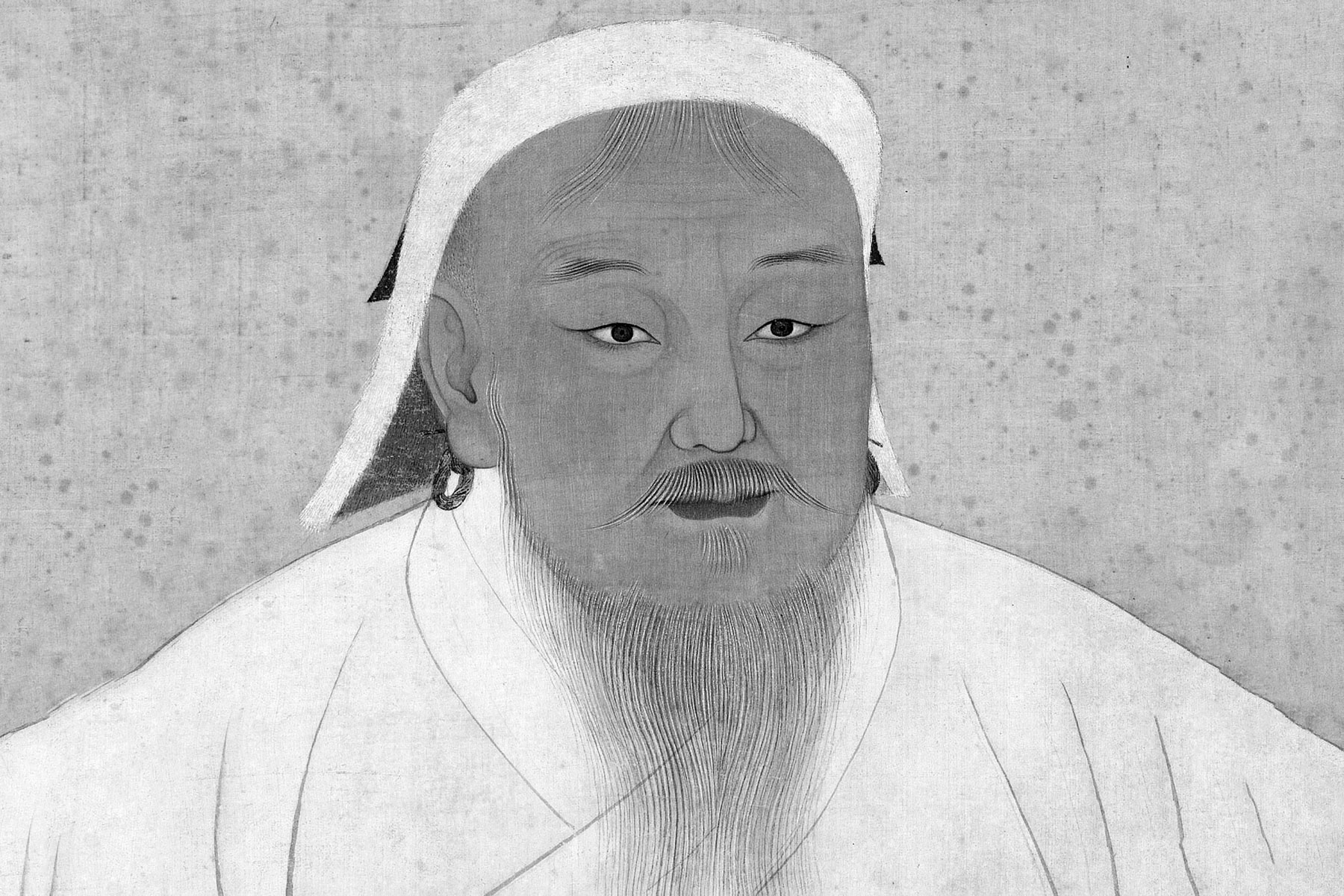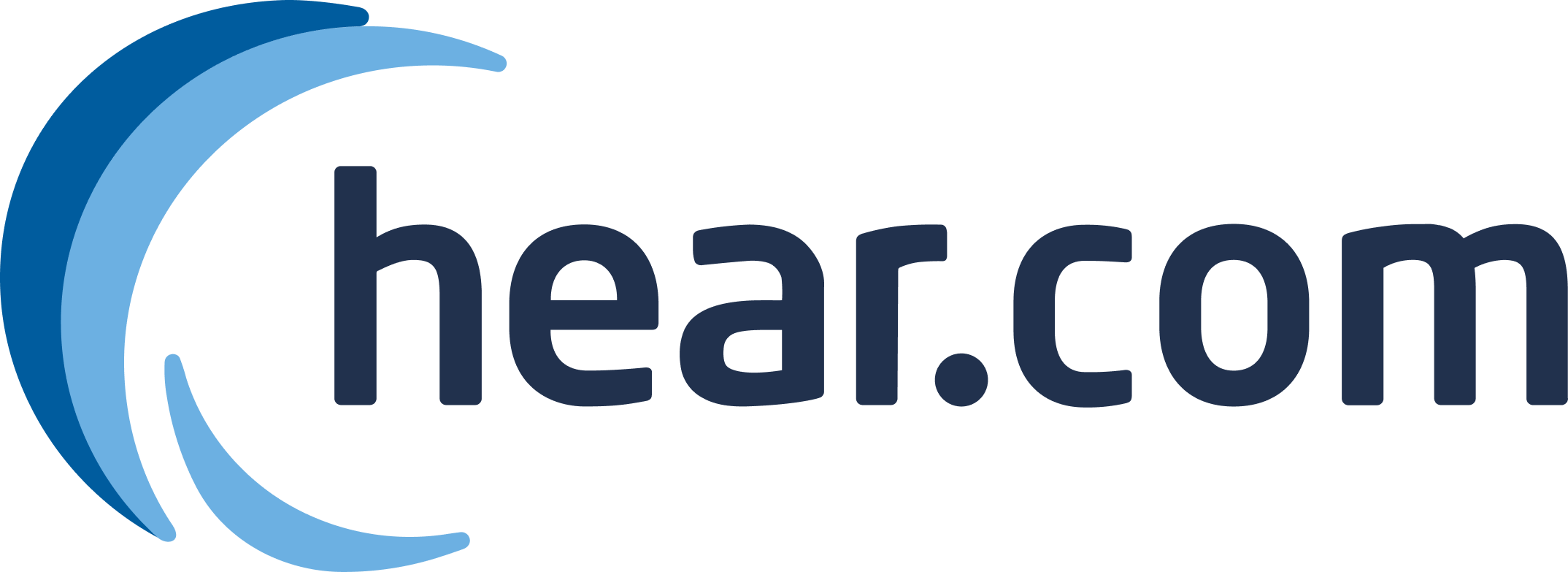It's been dubbed the "noble experiment," a name that came from then-President Herbert Hoover calling Prohibition "a great social and economic experiment, noble in motive and far-reaching in purpose." |
| |
| |
|
 |
|
| I t's been dubbed the "noble experiment," a name that came from then-President Herbert Hoover calling Prohibition "a great social and economic experiment, noble in motive and far-reaching in purpose." In January 1920, the United States banned the manufacture, sale, and transportation of "intoxicating liquors," a move made in the wake of temperance movements that sought moral and social reform throughout the 1800s — in spite of some failed attempts at similar regional programs around the country. |
|
|
| Despite the ban, the demand for alcohol remained high. Bootlegging — illegal production, smuggling, and selling of liquor — thrived. Illegitimate drinking spots known as speakeasies flourished, with approximately 30,000 of them existing in just New York City alone by decade's end. As the defiance against liquor laws intensified, authorities managed to mitigate smuggling from other countries; the bootleggers, however, responded by stealing massive quantities of industrial alcohol — used in automotive fluids, paints, and medical supplies — and refining it to make it drinkable (it became the country's top source of liquor). Then, the U.S. government tried to beat the rum-runners at their own game. In 1926, President Calvin Coolidge's administration mandated that manufacturers add even more dangerous chemicals to their industrial products — substances such as gasoline, formaldehyde, and the easily lethal methanol — to dissuade the underground industries and their customers. |
|
| The consequences were immediate — and in many cases, fatal. Consumption of alcohol continued despite fear of the additives, and some estimates claim the chemical additions caused around 10,000 deaths in the U.S. Public health officials, including New York medical examiner Charles Norris, lambasted the move. Eventually, the official end of the program came with the repeal of the 18th Amendment in December 1933, marking the end of Prohibition. |
|
 |  |
|
|
 |
|
| |
|
| Modern equivalent of how much Al Capone made each year during Prohibition | | | $1.7 billion |
| | | Year statewide Prohibition finally ended in Mississippi | | | 1966 |
| | | Year statewide Prohibition finally ended in Mississippi | | | 1966 |
|
|
|
| Number of rum-only distilleries in NYC (named, winkingly, the Noble Experiment) | | | 1 |
| | | Average number of daily alcohol deliveries made by Congress' own Prohibition-era bootlegger | | | 25 |
| | | Average number of daily alcohol deliveries made by Congress' own Prohibition-era bootlegger | | | 25 |
|
|
|
 |
|
 | | Did you know? |
|
|
Organized crime started because of Prohibition. |
|
| Before Prohibition, organized crime was mostly limited to small gangs who were involved in petty neighborhood extortion and loan-sharking. When the 1920 ban on alcohol went into effect, mobsters became the key players in the illicit alcohol trade, procuring, producing, and selling liquor illegally all over the U.S. Profits got so big, so fast, that these once small-time criminals and mafias learned to be more "organized" than ever, hiring lawyers, accountants, truckers, and more to help run their illicit businesses. They also started working with other criminal groups, effectively creating underground syndicates. Powerful crime families led by figures such as Charles "Lucky" Luciano and the notorious Al Capone emerged, making millions of dollars in the process. The enormous profits fueled the growth and expansion of organized crime, which continued even after the repeal of Prohibition. |
|



















0 comments:
Post a Comment